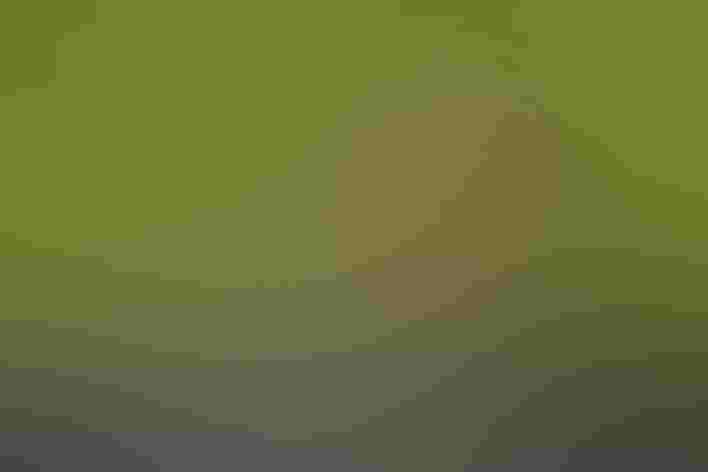Short-billed Dowitcher
At a Glance
The name of this species could be misleading: it is 'short-billed' only by comparison to the Long-billed Dowitcher, and longer-billed than the average shorebird. Flocks of Short-billed Dowitchers wade in shallow water over coastal mudflats. They often seem rather tame, allowing a close approach when they are busy feeding.
All bird guide text and rangemaps adapted from by Kenn Kaufman© 1996, used by permission of Houghton Mifflin Harcourt Publishing Company. All rights reserved.
Category
Sandpiper-like Birds, Sandpipers
IUCN Status
Least Concern
Habitat
Coasts and Shorelines, Freshwater Wetlands, Lakes, Ponds, and Rivers, Saltwater Wetlands, Tundra and Boreal Habitats
Region
Alaska and The North, California, Eastern Canada, Florida, Great Lakes, Mid Atlantic, New England, Northwest, Plains, Rocky Mountains, Southeast, Southwest, Texas, Western Canada
Behavior
Direct Flight, Rapid Wingbeats, Running
Population
150.000
Range & Identification
Migration & Range Maps
Breeds in three distinct regions, with distinct migratory routes and wintering areas. Alaska birds winter on Pacific Coast, central Canada birds migrate through Great Plains and along Atlantic Coast, eastern Canada birds stay east, winter as far south as Brazil.
Description
12" (30 cm). Very similar to Long-billed (bill length unreliable). In breeding plumage, Short-bill may show more white on belly or be evenly pale orange below, not deep chestnut. Fall juvenile Short-bills more brightly marked. This is usually the common dowitcher in salt water. Voice is best clue.
Size
About the size of a Crow, About the size of a Robin
Color
Black, Brown, Gray, Red, White
Wing Shape
Pointed, Tapered
Tail Shape
Rounded, Short, Square-tipped, Wedge-shaped
Songs and Calls
A soft tu-tu-tu, quite unlike call of Long-billed Dowitcher.
Call Pattern
Falling, Flat, Undulating
Call Type
Buzz, Chirp/Chip, Trill, Whistle
Habitat
Mudflats, tidal marshes, pond edges. Migrants and wintering birds favor coastal habitats, especially tidal flats on protected estuaries and bays, also lagoons, salt marshes, sometimes sandy beaches. Migrants also stop inland on freshwater ponds with muddy margins. Breeds in far north, mostly in open bogs, marshes, and edges of lakes within coniferous forest zone.
Sign up for ÃÛèÖAPP's newsletter to learn more about birds like the Short-billed Dowitcher
Behavior
Eggs
4, sometimes 3. Olive-buff to brown, marked with brown. Incubation is by both sexes, about 21 days.
Young
Downy young leave nest shortly after hatching. Roles of parents in caring for young not well known, but reportedly female departs, leaving male to tend the chicks. Young find all their own food. Their development and age at first flight are not well known.
Feeding Behavior
Typically forages by wading in shallow water (sometimes walking on wet mud), probing deeply in the mud with its bill. Usually deliberate in its feeding, standing in one spot or moving forward slowly.
Diet
Small aquatic invertebrates. Diet probably varies with season. Eats many insects and their larvae, especially on breeding grounds. In migration and winter also eats mollusks, marine worms, crustaceans. At times, may feed heavily on seeds of grasses, bulrushes, pondweeds, other plants. In spring, also feeds on eggs of horseshoe crab.
Nesting
Much of nesting area is far inland, generally south and east of the breeding range of Long-billed Dowitcher. Nest site is on ground in bog, forest clearing, or edge of tundra, often near water. Nest is a shallow depression in moss or in a clump of grass, lined with small twigs, leaves, fine grasses.
Conservation
Conservation Status
As with many other shorebird species, large numbers where shot during migration in the 1800s, so probably less numerous than historical levels now. Current populations probably stable, but vulnerable.
Climate Threats Facing the Short-billed Dowitcher
Choose a temperature scenario below to see which threats will affect this species as warming increases. The same ÃÛèÖAPP change-driven threats that put birds at risk will affect other wildlife and people, too.







